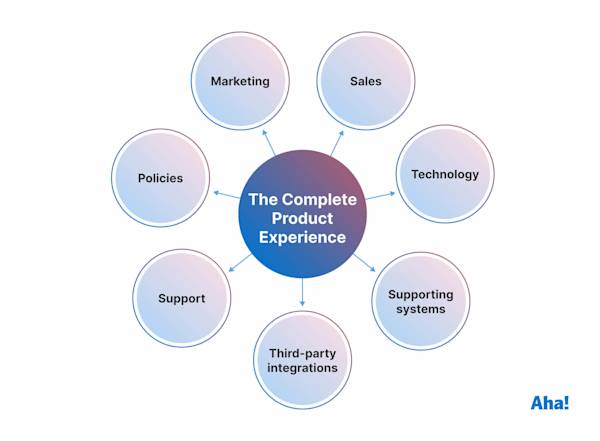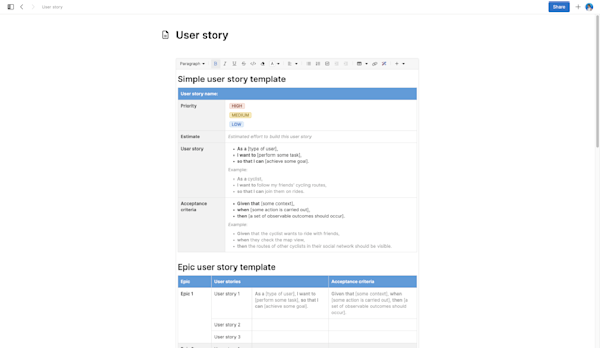Read next
The Aha! Framework
Strategy
Research
Discovery
Ideation
Roadmaps
Whiteboards
Knowledge bases
Plans
Designs
Development
What is agile methodology?
What is agile product management?
What is agile software development?
What is agile project management?
What is the role of a software engineer?
What is waterfall product management?
What is agile transformation?
Agile vs. lean
Agile vs. waterfall
Best practices for agile product teams
What is an agile retrospective?
What is a burndown chart?
What is issue tracking?
What is unit testing?
Introduction to agile metrics
Agile dictionary
Launches
Reports


